Pollinators are so important in our gardens and in our ecosystem. In my earlier days of gardening, I had a few issues with pollination, so I set out to learn how to attract pollinators to help my plants. I am going to share with you what I learned. Here are some tips:
Plant flowers
You can’t just plant vegetables and expect to attract pollinators. Plant lots of flowers throughout your garden. If possible plant some large blocks of flowers, not just one or two here and there. I do both in my garden. Plant a variety of colors and shapes.
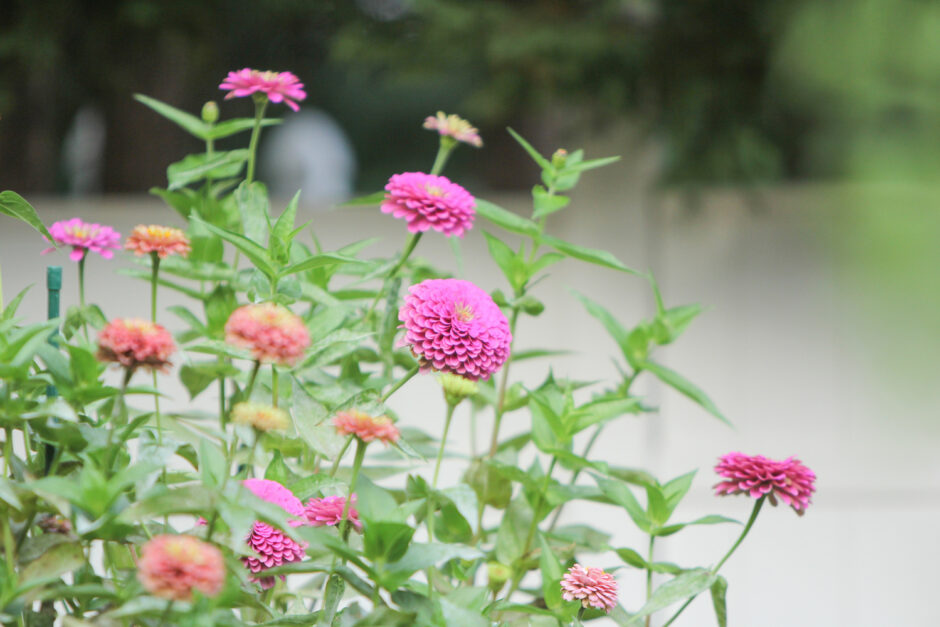
Use organic practices
This one can be hard and can take time. It doesn’t mean use OMRI certified organic products. Products that are not harmful to plants or humans can be very harmful to pollinators. A great example is Neem oil. How many times do you hear people suggest its use in organic gardening circles? It will kill pollinators. Sure, you can apply in the evening when pollinators are less active, but there’s still a risk. I used to use this sparingly, but I don’t any more. Also, do you have a lawn near your garden that you spray with Round-up? That can kill bees. Do you spray your property for insects? Pollinators are insects. The whole point is don’t work against yourself if you truly want to attract pollinators.
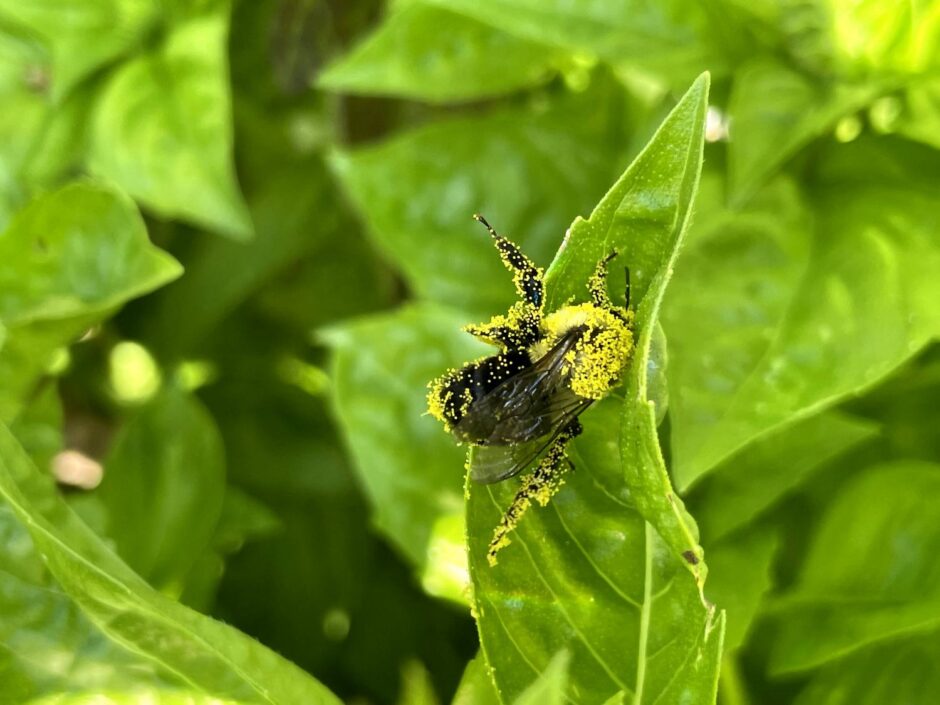
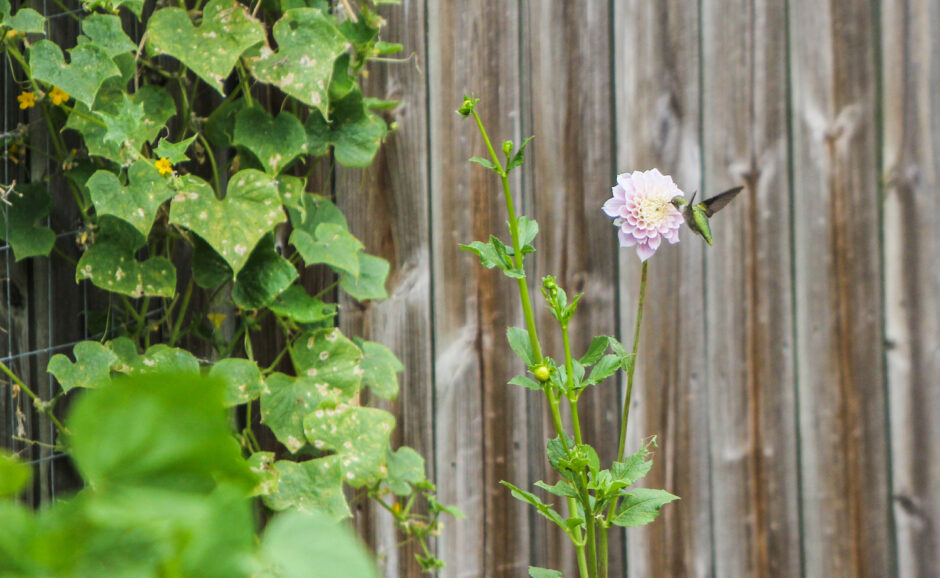
Plan to have flowering plants all through the season
Everyone usually has summer covered, but make sure to have early flowers in spring and later flowers into fall. Pretend it’s March or April on your property and you are a bee. Can you find any pollen or nectar?
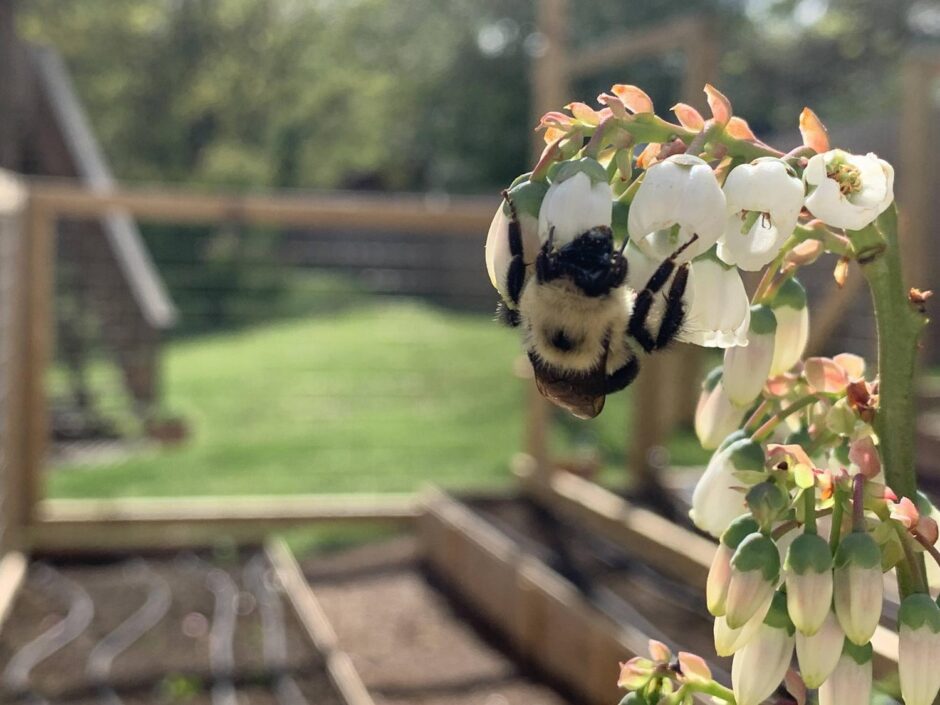
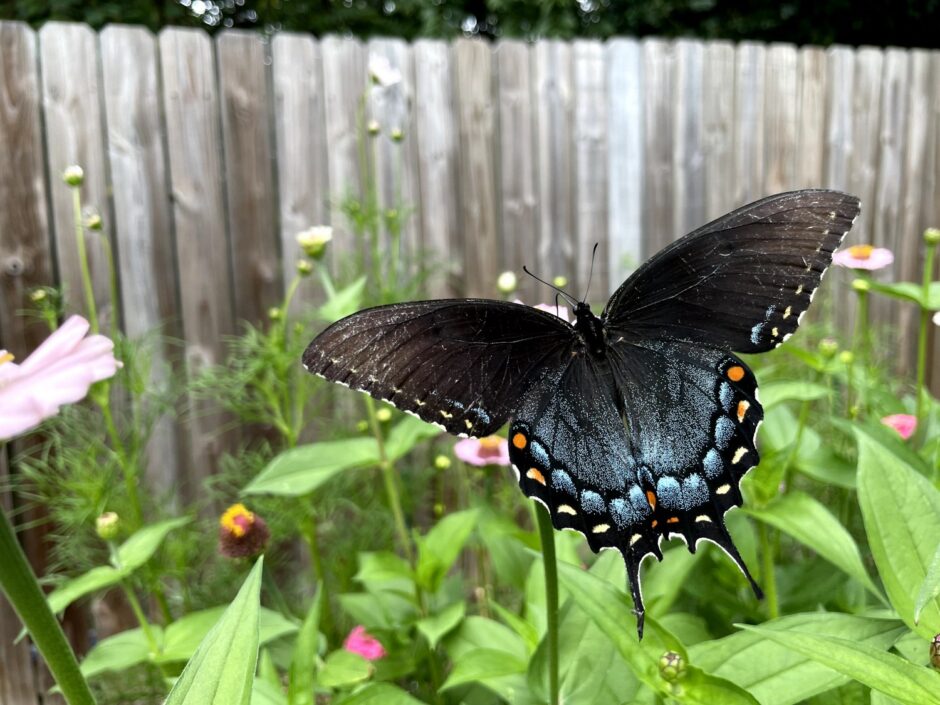
Plant native plants
There are so many species of native flies and bees that prefer our native plants. Once you plant native plants, you might see pollinators you have never seen before. Or you might have them, but not realize it as many bees are really hard to identify. Non-native plants may not provide pollinators with enough nectar or pollen. Not all nectar is nourishing. It’s like a human meal of grilled chicken and broccoli vs. a plate of chips and cookies.
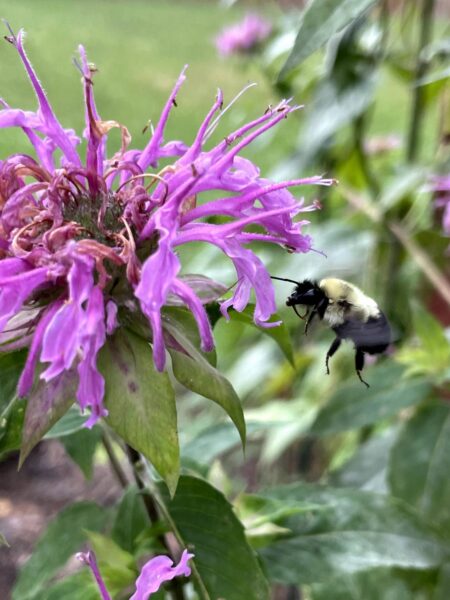
Plant host plants
For the most part, host plants are usually also native plants. For butterflies, in addition to providing high-quality nectar for adults, you should try to plant their host plants so that they will lay eggs. Most butterflies only have one or a couple plants that they will lay eggs on because that plant is the only thing that their caterpillars can eat. An example of a non-native host plant would be dill or fennel for black swallowtails and examples of native plants are milkweed for Monarchs and Dutchman’s pipevine for Pipevine Swallowtails. If there is a particular butterfly you like (that is native to your area), research it, then plant it’s host plant.
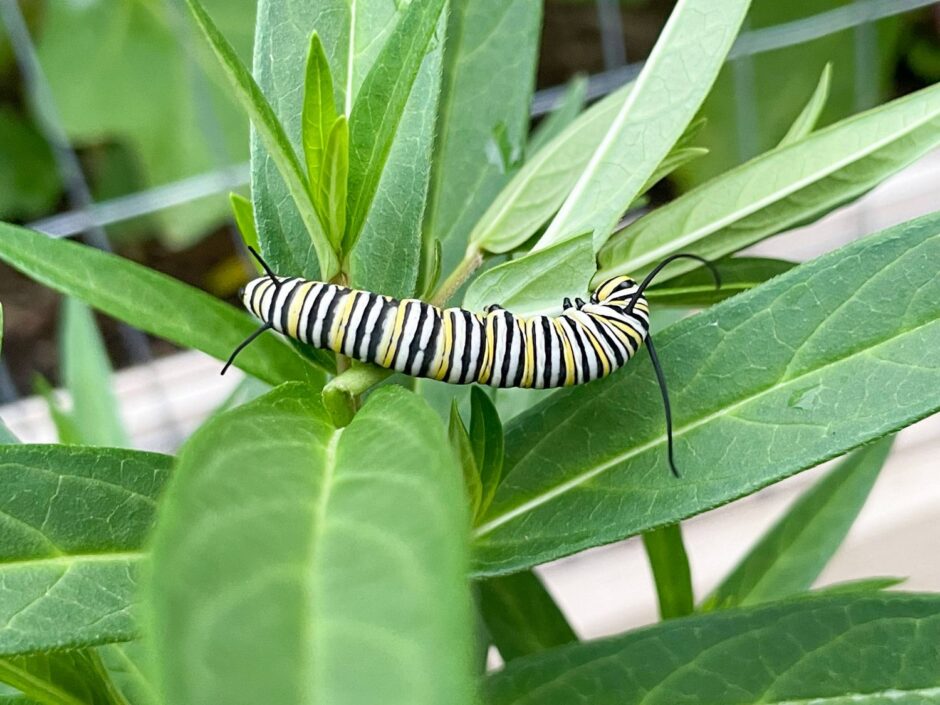
Plant umbelliferous plants / Let your herbs flower
Umbelliferous plants are plants like dill and cilantro that have clusters of flowers. Pollinators flock to the flowering dill in my garden. Don’t pull the plant thinking it has bolted and is useless — let it stay, even if you aren’t able to harvest the leaves any longer as it’s worth it’s weight in gold in your garden. In addition to being a pollinator magnet in general, these types of plants attract tiny parasitic wasps that will in turn take care of some garden pests for you, such as aphids and hornworms. (Side note: I love hornworms and grow a tomato plant just for them. They are fascinating to watch and become a sphinx or hawk moth! So, in my case, I was sad to see them killed by the wasps.)
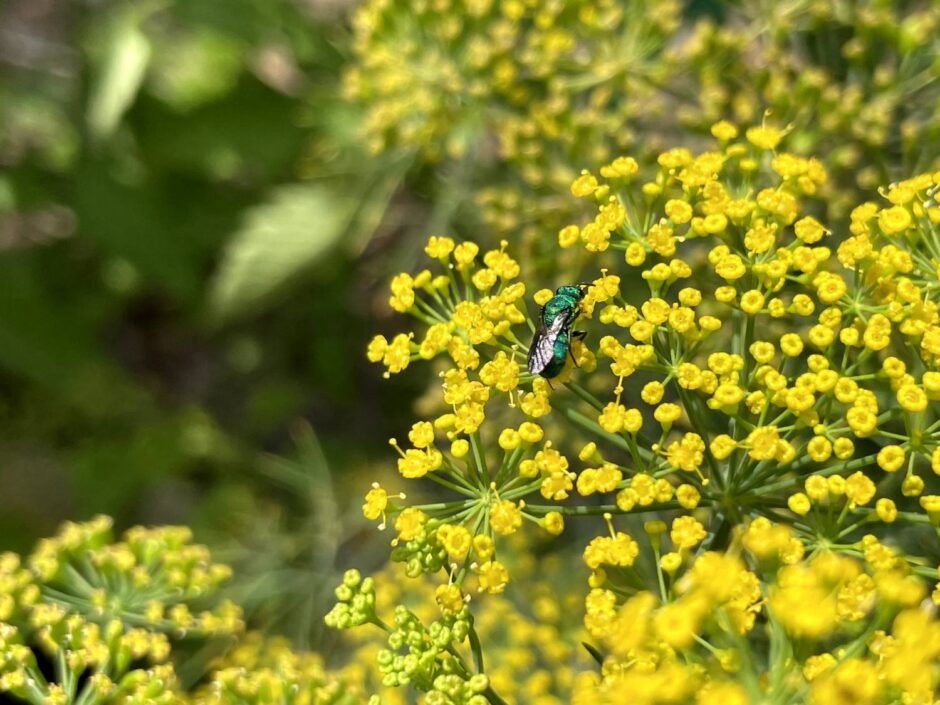
Provide water and shelter
A friend gave me an insect house and I was thrilled to find the bees using it. Solitary bees like mason bees and leafcutter bees can use these hollow tubes to lay their eggs. Just make sure to keep it clean. After doing more research, it’s seems that it’s best to make your own so that you can easily replace the tubes each season. More info. Also pollinators need water. I provide a small dish with a few rocks in it and refill it daily. Sometimes I forget and find it dry often, but if it has rained the best source of water for bees is where it collects on some of my plants.
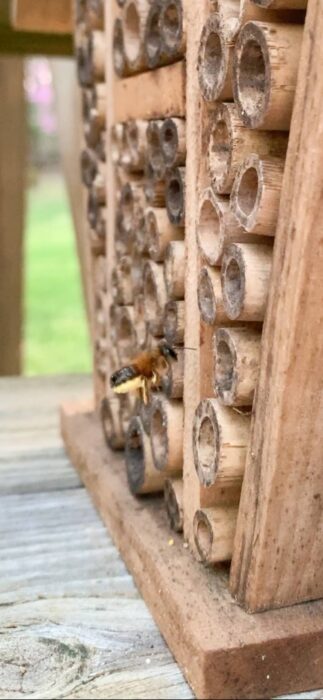
Grow with me
See my other garden or wildlife posts.
Get new posts in your inbox by subscribing.
Follow on Instagram.
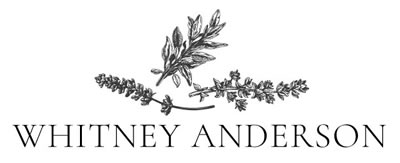
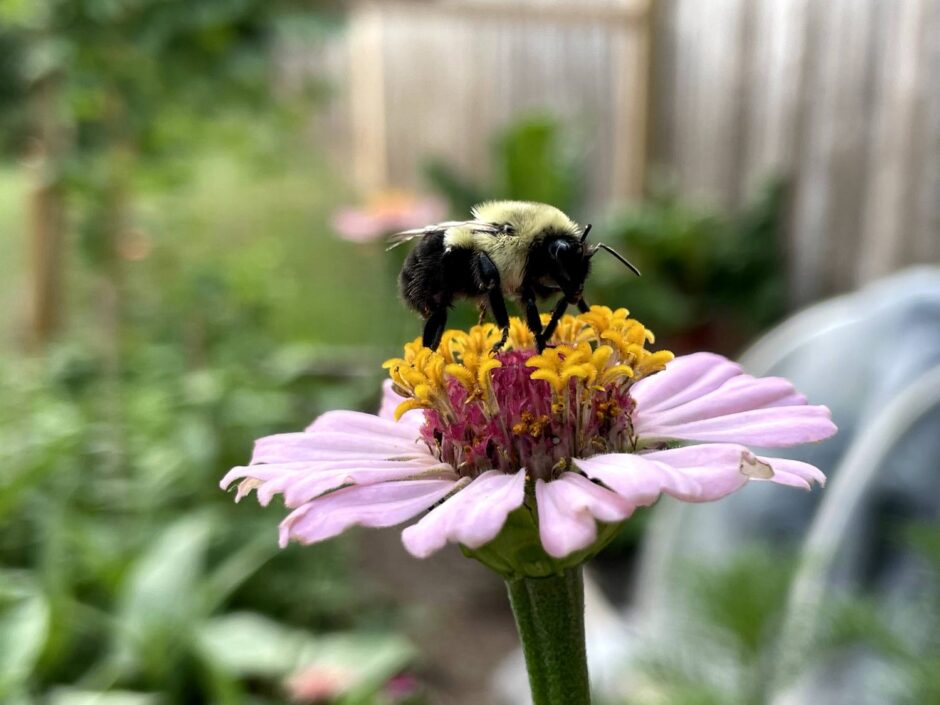
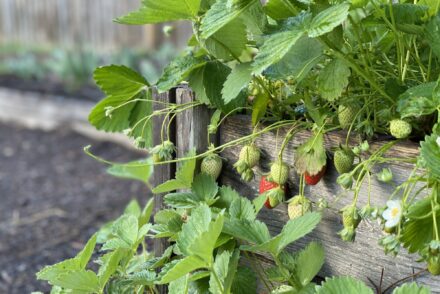
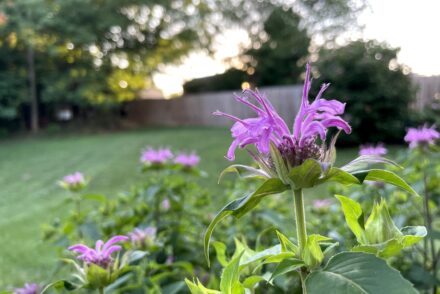
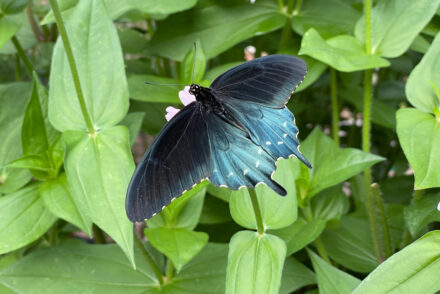
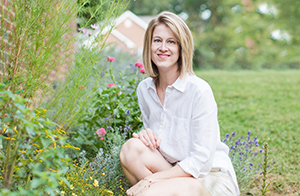
1 Comment
[…] Aside from the obvious benefit of having beautiful blooms no matter the season, it’s helpful always to have something blooming so that pollinators have food and shelter. Read more about how to attract pollinators to your yard. […]